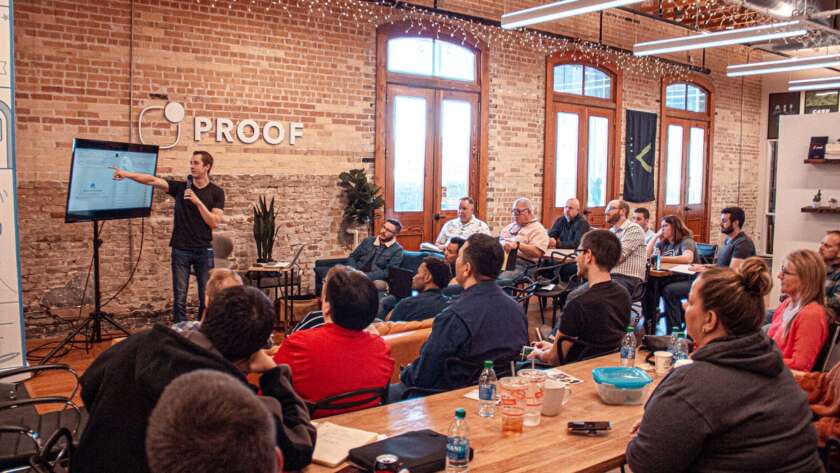Sponsored Content
Google is offering a free two-week course on Site Reliability Engineering in partnership with Uplimit! The course is designed to prepare engineers of all backgrounds for SRE-focused industry roles, and is taught by a veteran Site Reliability Engineer at Google.
The cohort starts on March 11. Spots are limited --…











